Suddenly, cycling the Via Francigena is a popular epic. Five years ago, many of us hadn’t even heard of this Canterbury-to-Rome epic. Now it seems half the people we know have done it.
And the other half are planning to do it. It’s more than a grand-scale bike route. It’s a pilgrimage, walked or horsed for centuries, for reasons transcending tourism.
For the faithful, the journey is logged in some celestial ledger rather than on Strava. And the payback is the writing off of all sins, not getting some kudos.
The most famous bike pilgrimage is the Camino de Santiago, the network of ancient pilgrim routes to Santiago de Compostela in western Spain. As big for medieval Christians as the hajj still is for Muslims, it dwindled in popularity until the 1990s, when only a few hundred a year did it.
But the millennial focus on self-discovery saw it boom again, and now 300,000 do it annually – 25,000 of them on two wheels.
New routes are appearing too: the 2021 Cathedrals Route visits 42 of them over 1,850 miles around England.
Why are bikepacking pilgrimages so popular? Not often because of religion, but rather, wider motivations: meditative slow-travel, vague ‘spirituality’, maybe ‘finding yourself’.
But to be more practical, it's much easier to cycle than walk for those of us with limited time. Cyclists are welcome in the network of super-cheap hostels and eateries in historic towns and villages along the way.
We have 10 very varied bike pilgrimages to inspire you to go on a journey of discovery, whatever your beliefs or non-beliefs.
Via Francigena
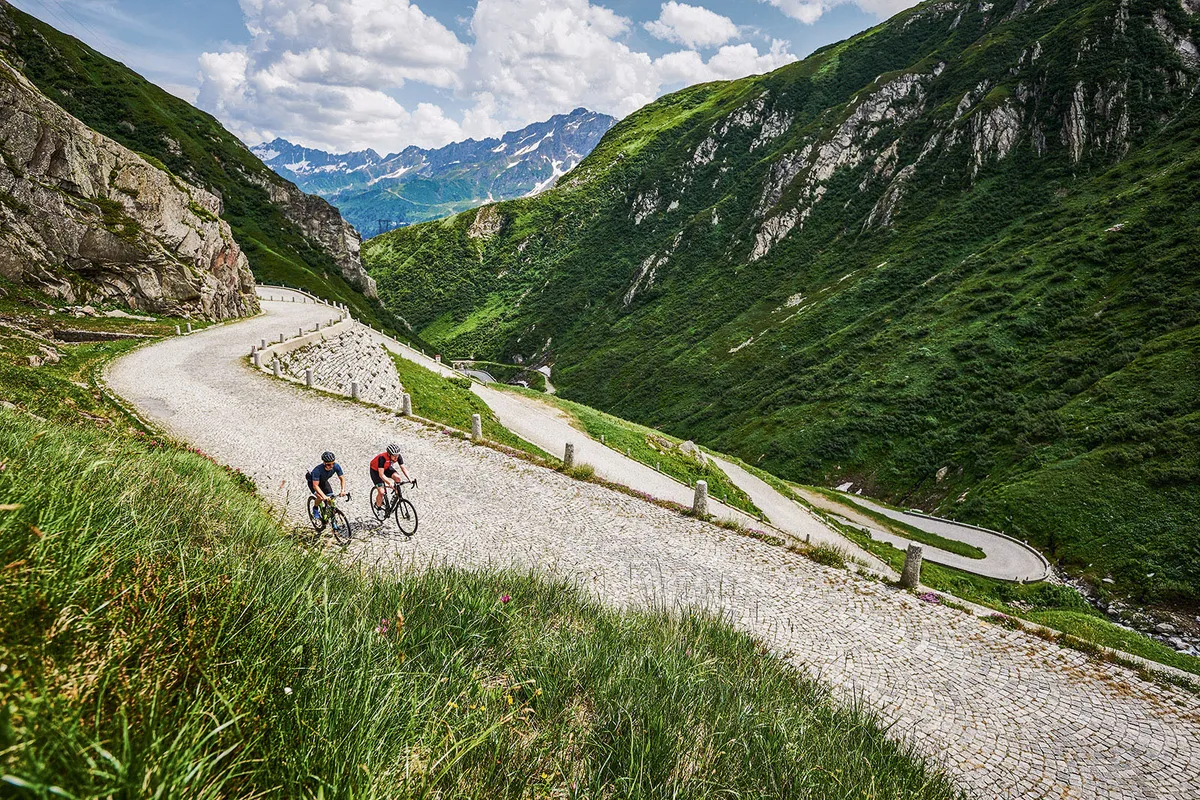
- Via Francigena: Canterbury to Rome
- Distance: 1,300 miles
Follow in the footsteps of Sigeric the Serious, Archbishop of Canterbury. He was a notable early exponent and proto-blogger of the great pilgrimage to Rome in 990.
The formal route goes from Calais down northeastern France and western Switzerland before the fabulous final stretch from the Gran San Bernardo pass into Italy, down the Po Valley to Siena and Rome.
Most cyclists, though, follow the signed (mostly) Eurovelo 5 through Lille, Brussels, Luxembourg, Strasbourg and Basel, before the final well-signed (mostly) Italian legs.
All-tarmac versions are possible, so you can take your road bike. But decent gravel stretches, especially in Italy, can avoid some nasty main roads where ponderings on mortality may be more urgent than expected.
Thanks to pilgrim facilities, you can set the budget and comfort dials flexibly to your accommodation requirements, and trains and ferries mean you don’t have to fly.
However you do it, it’s an intense cultural and scenic epic, an odyssey through Europe’s history. No wonder it’s topping many cyclists’ bucket lists.
- Route: EuroVelo
Camino de Santiago
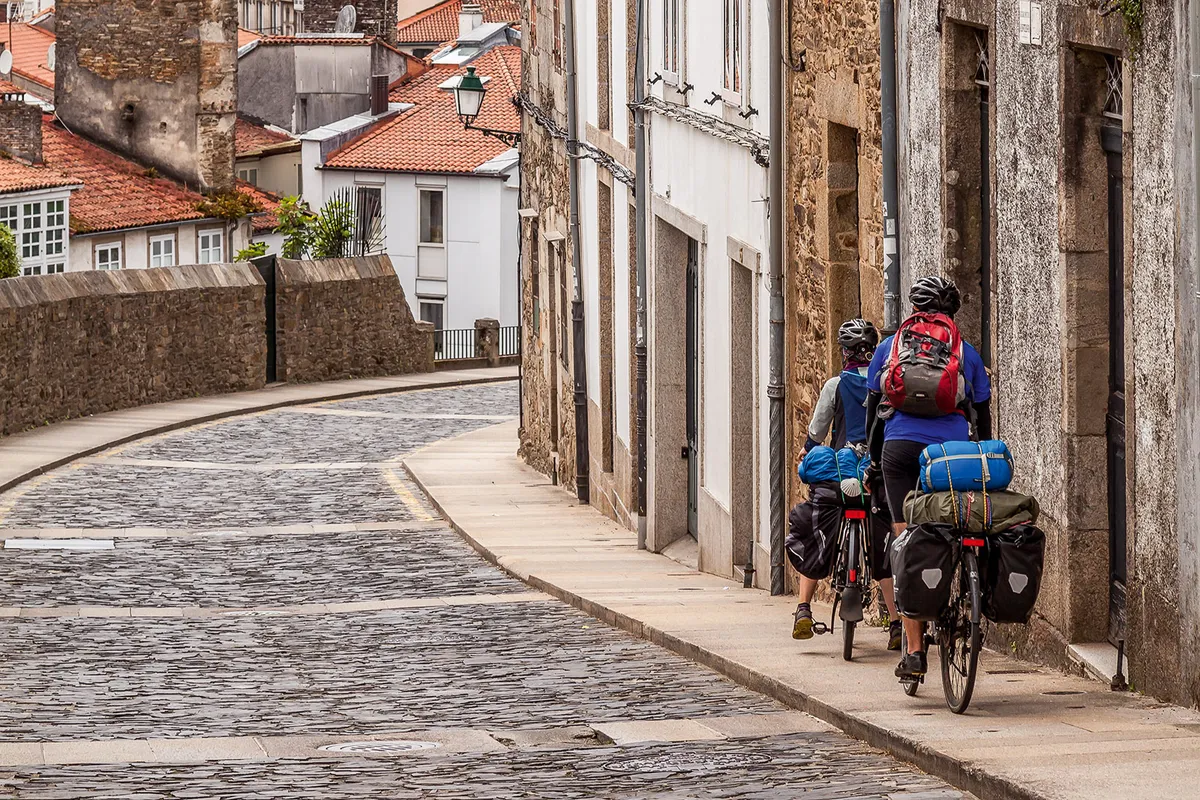
- Camino de Santiago: Pamplona to Santiago de Compostela
- Distance: 550 miles
The classic pilgrimage footslog is not one route, but a Europe-wide-web converging on Santiago de Compostela in northwest Spain, through the historic hearts of timewarp villages and towns.
This version, the Camino Frances, is usually what people mean by ‘the Camino’. Take your bikepacking bike and it’s enjoyable in 10 days, rather than painfully limping it in five weeks.
And it’s easily organised, thanks to numerous one-way bike-hire possibilities from Pamplona, and cheap flights – or ferries – to Santander.
On a bike, you follow more authentic routes than hikers, because the original ways were paved over into roads; walkers often have to use artificial parallel tracks or noisy roadside paths.
The Camino isn’t about the scenery, which rates a modest B+, or the climbs (though O Cebreiro gets up to 1,000m): it’s about the history, the experience, the joining with millions whose collective endeavour makes this a ride far more fulfilling than the sum of its parts.
Oh, and there’s a free help-yourself wine fountain en route.
- Route: Ride With GPS
The Welsh Camino
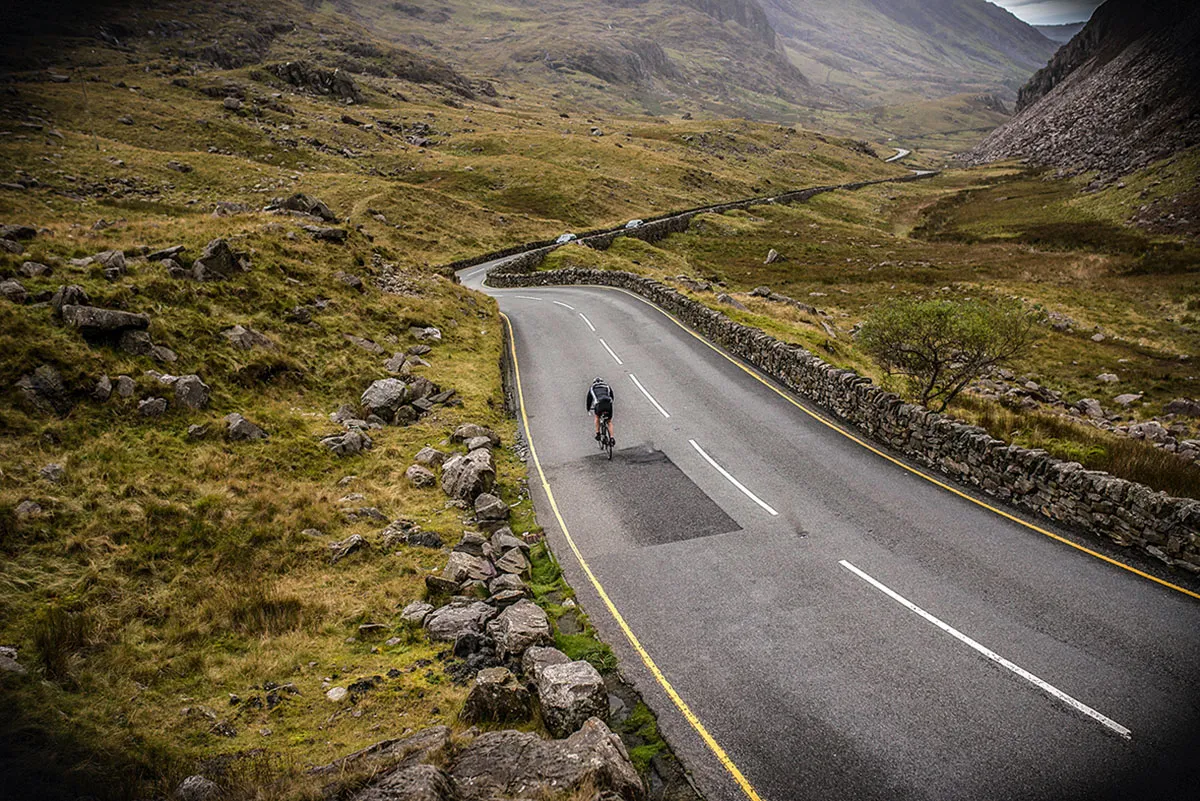
- The Welsh Camino: Holywell to Bardsey Island
- Distance: 140 miles
The far north is ‘the real Wales’, where the ancient language and culture survive vigorously. Despite being easily accessible by train, this often hilly trek through off-piste ancient sites, villages and churches feels miles from mainstream Britain.
Dip in the miracle waters of Holywell, near Chester, the ‘Welsh Lourdes’, before niche back lanes and roads take you to the micro-city St Asaph and then rugged, castellated Conwy.
Skirt Snowdonia – maybe even walk up Yr Wyddfa from Llanberis.
The last leg takes you along the below-radar Llŷn Peninsula to Aberdaron, where a water taxi can convey you to Bardsey Island.
If its 1,500-year sacred history and (supposed) 20,000 saints don’t float your boat, its remarkable birdlife, listed buildings and Dark Sky stargazing opportunities just might.
- Route: Ride With GPS
Camino Portugues

- Camino Portugues: Lisbon to Santiago de Compostela
- Distance: 400 miles
Portugal’s main (but much less crowded) version of the Camino, ending at the same place, follows the coast northwards along variably surfaced lanes, paths, roads and sometimes expansive boardwalks.
It takes in Lisbon, Porto and countless beach resorts and port towns.
It’s a parade of sights both familiar (eg Lisbon’s trams, Porto’s bridge like an upcycled Eiffel Tower) and unfamiliar (gems such as ‘Portugal’s Venice’ Aveiro and its remarkable marsh-crossing wooden tracks, and – in Spain – Pontevedra’s car-free town).
Eating, drinking and overnighting are convenient, fun and inexpensive; the breakfast routine of coffee and custard tart, and an evening al fresco meal maybe with a crisp local white, may quickly become second nature.
While you can fly there with your bike, you can also go flight-free: ferry (handy but pricey) from Portsmouth or Plymouth to Santander; or ferry Dover–Calais then slow train to Paris and Alsa coach (cheap; bikes welcome) to Portugal.
- Route: Ride With GPS
Heavens above
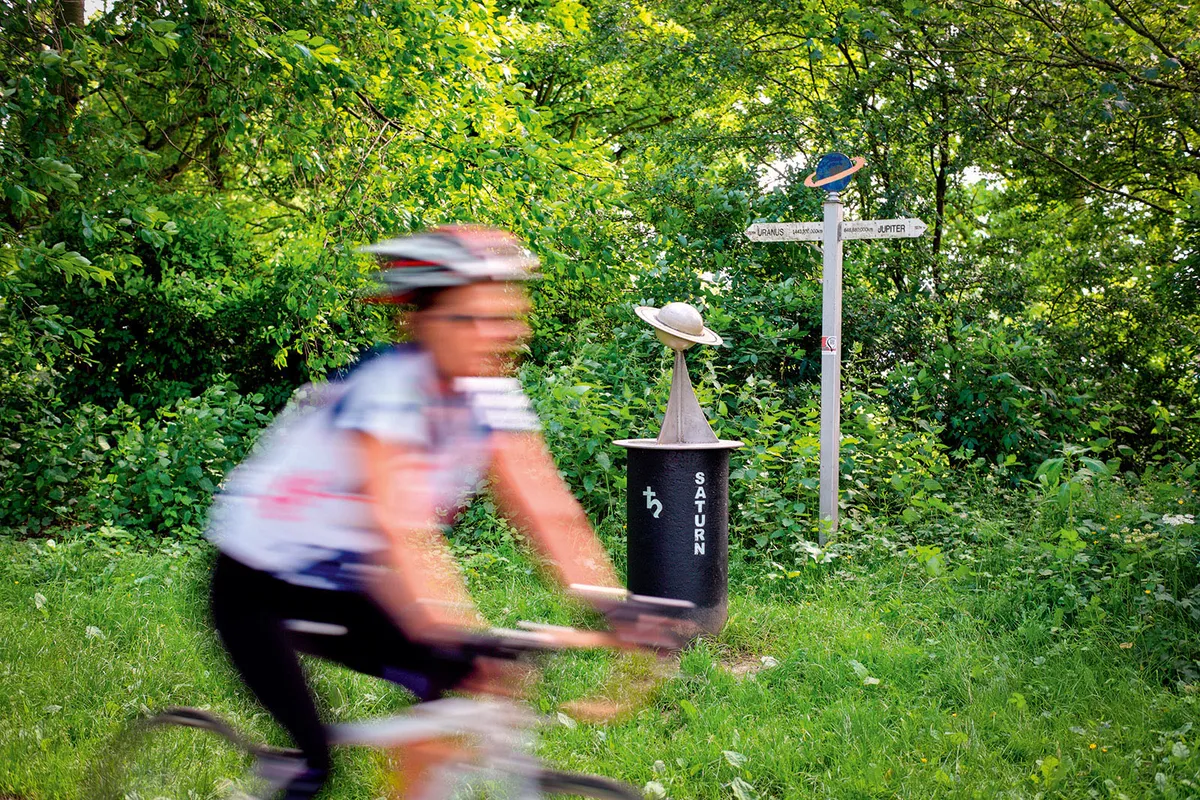
- Heavens Above: York’s Double Planets Trail
- Distance: 40 miles
If you look at the heavens and think 'astronomy and science' rather than religion, this is for you: a flat but feature-packed ride across the solar system.
That’s because everyone’s favourite weekend-break city, York, boasts two separate, complete, scale models of the sun and planets.
Start at York Minster and head alongside the river, past the racecourse, and on to the tarmac path along the old East Coast Main Line.
See models of the sun, Mercury, Venus, Earth, etc up to Pluto seven miles away at a scale of 1 in 600 million.
Then turn left through Skipwith Common and head back via the university campus, with its own colourful mixed-scale model, back from Pluto to the Sun.
Back along the other riverside to the Minster, and maybe savour the sonic celestial wonder of choral evensong before your train home.
- Route: Ride With GPS
Canterbury Tales
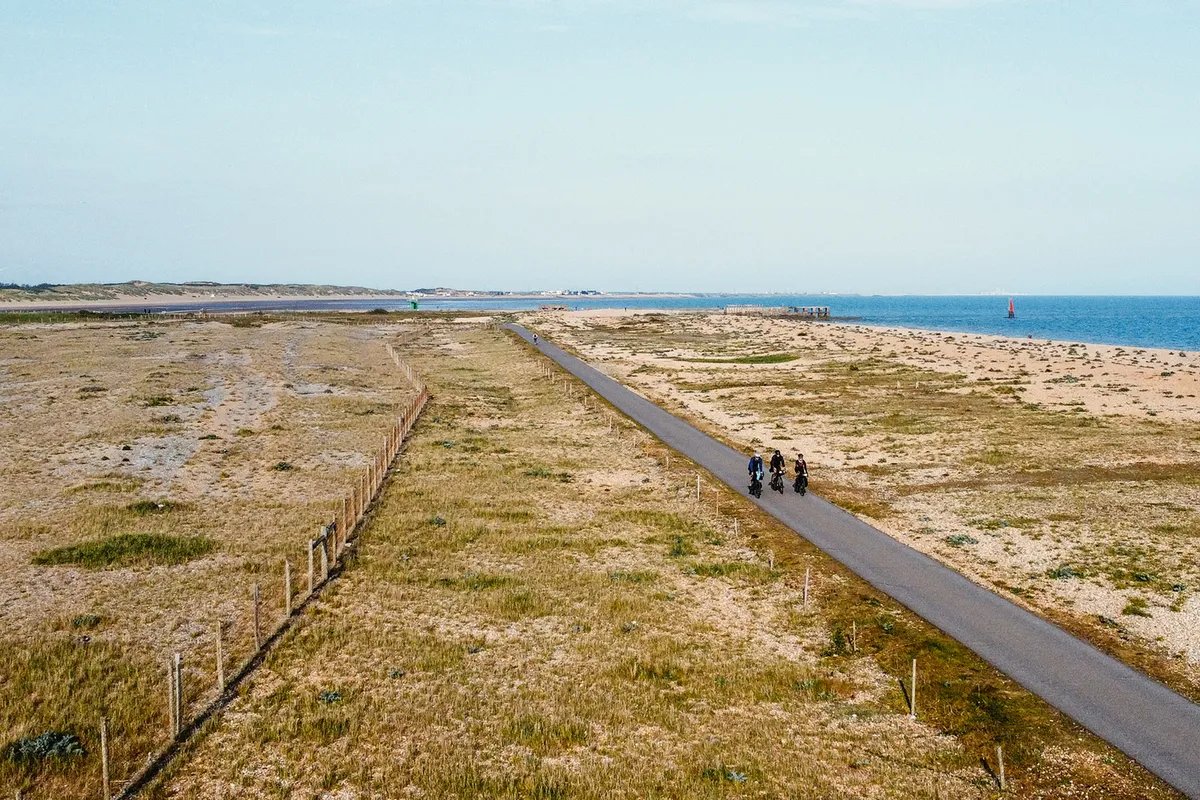
- Canterbury Tales: London to Canterbury
- Distance: 70 miles
The traditional pilgrimage to the shrine of Thomas Becket in the mighty cathedral was featured in The Canterbury Tales by Geoffrey Chaucer.
His pilgrims started convivially at the Tabard Inn in Southwark – long since demolished, but its neighbouring galleried survivor, the George Inn, gives the feel of how it was.
The route they took is now the A2, unsuitable for quiet meditation.
Instead, Quietway 1 goes to fabulous Greenwich, from where NCN Route 1 gets you to Canterbury much more peacefully and picturesquely, thanks partly to the decently surfaced off-road Crab and Winkle Way.
Faversham is a quaint town of olde-worlde buildings (and home to Britain’s oldest brewery), while Whitstable offers seafood stalls and a breezy harbour-town vibe.
Canterbury’s glorious cathedral is surrounded by intimate lanes (and woody, photogenic pubs) and there’s an easy train back to London.
- Route: Ride With GPS
Pagans and Druids
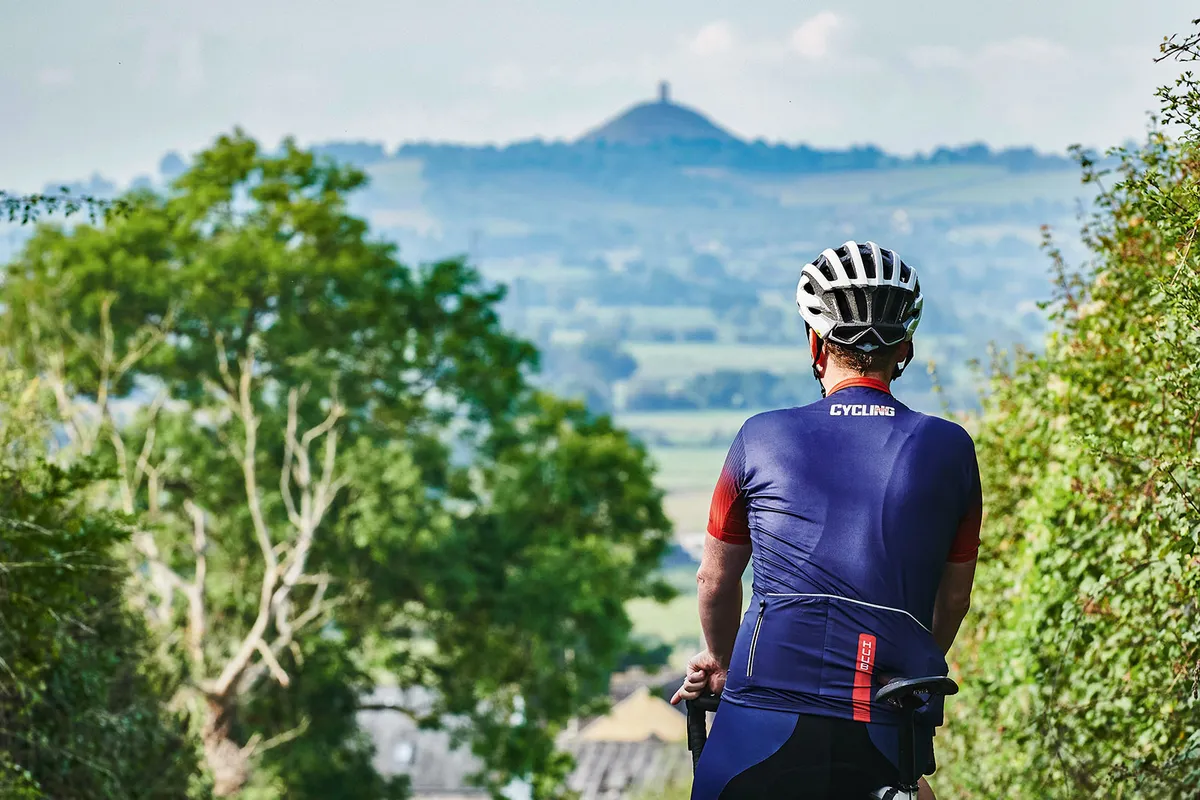
- Pagans and Druids: Glastonbury to Avebury
- Distance: 85 miles
This is a celebration of England’s mystic pre-Christian past (and music festival present) featuring Stonehenge, but also the stone-circle-connoisseur’s favourite at Avebury.
From Glastonbury’s hippie town and myth-misted Tor, lanes go past Worthy Farm, home of that festival, though it’ll be just another dairy producer when you pass.
More agreeable, laid-back countryside riding gets you to Amesbury, and a tricky walked road crossing that’s worth the wait for a traffic gap to go past Stonehenge for free on a bridleway.
More lanes, past Alton Barnes’ pretend-ancient White Horse hill figure, and maybe some crop circles (cue weird theremin sounds), before your arrive at accessible Avebury.
Unlike Stonehenge, you can freely touch, even picnic on, the stones.
- Route: Ride With GPS
St Columba's Way
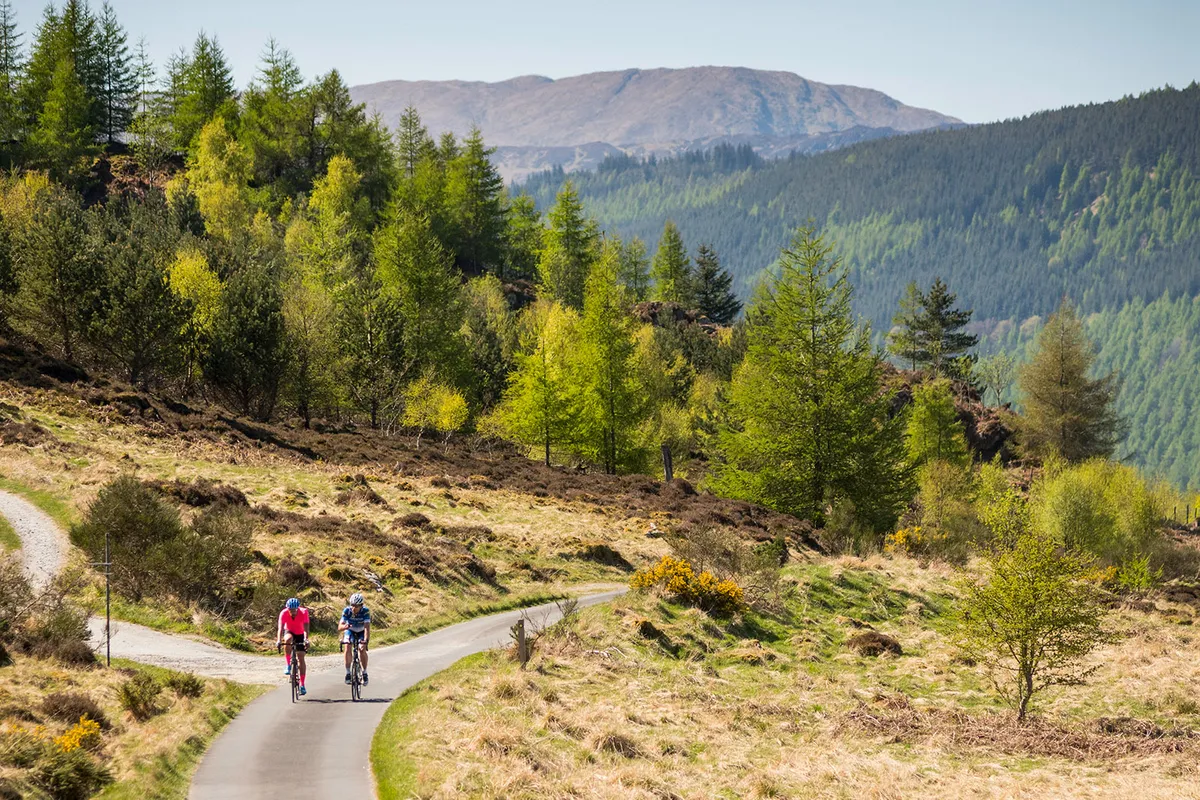
- St Columba’s Way: Iona to St Andrews
- Distance: 260 miles
A long-weekend-sized coast-to-coast right across Scotland, from the ancient spiritual island of Mull to the cloistered grandeur of St Andrew’s, via mountains, lochs, valleys and bikes-only reservoir roads.
The remote and soul-stirring island of Iona, off the west of Mull, has been a spiritual centre of gravity since the 500s, when feisty Irish saint Columba founded an abbey here.
Mull’s well worth exploring: Tobermory’s a gem, Ulva is Britain’s biggest cyclable car-free island, and you can see eagles and otters.
After the ferry to Oban, you have a mainland epic: quiet and quietish roads to Orchy, an old (very bumpy) military road to Loch Lyon, a (less bumpy) no-cars reservoir road to Killin and Loch Tay – then beautiful quiet lanes and roads to fair Perth, awesomely bridged Dundee and quirky St Andrews.
En route, you go through Dull, twinned with Boring; this ride certainly ain’t.
- Route: Ride With GPS
Fakes and Fancies
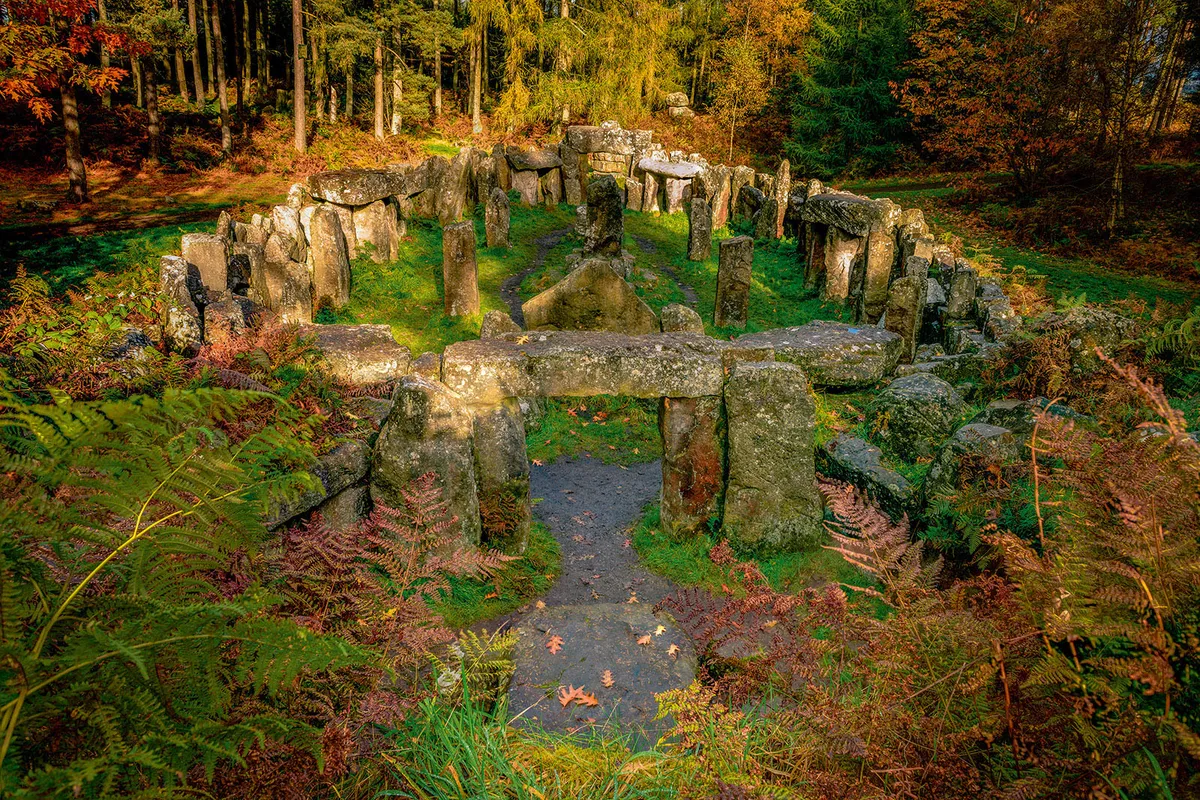
- Fakes and Fancies: Masham Circular
- Distance: 55 miles
This one’s for fun: a collection of the weird and quirky, both real- and faux-spiritual, on the edge of (and sometimes in) the Yorkshire Dales. Start at Ripon Cathedral’s spooky seventh-century crypt of St Wilfrid (one of the oldest buildings in the country).
Then head through the fine grounds of Studley Park to Pateley Bridge, and up the back way to Coldstones Cut: an extraordinary hilltop complex like a mini-Machu Picchu, but actually a modern artwork by Andrew Sabin built as a sculptural response to the nearby Coldstones Quarry.
The huge panoramas include the unsettling radar globes of RAF Menwith.
Hurtle down Greenhow Hill and follow thrilling moortop lanes to a bizarre bogus Stonehenge: the ‘Druid’s Temple’, concocted c1820 by the wealthy landowner as a job-creation scheme.
Enjoy good cheer in beer-town Masham before the (genuine and newly accessible) stone-age earthen amphitheatres of the Thornborough Henges, known as the ‘Stonehenge of the North’.
Then take the lanes back to Ripon, where further refreshment awaits.
- Route: Ride With GPS
Pendle Witches

- Pendle Witches: Lancaster to Barrowford
- Distance: 45 miles
A counter-pilgrimage where the boot’s on the other foot: remembering the innocent Lancashire women murdered by mob rule and religious mania.
Memorials to the victims of the original witch hunt of 1612 line the rugged trip through super off-piste hills and vales.
Start at train-accessible, characterful, bike-explorable Lancaster: after its good bike paths are excellent roads through the wild Forest of Bowland to Dunsop Bridge (‘geographical centre of Britain’) and lively Clitheroe, with its castle.
Lumpy lanes through villages pass by witch-related shops and pubs, ending at Nelson’s train station.
For an extra 10-mile final flourish, bike back to Clitheroe station, up and over the dramatically summited Nick of Pendle, ski-slope and all.
- Route: Ride With GPS
